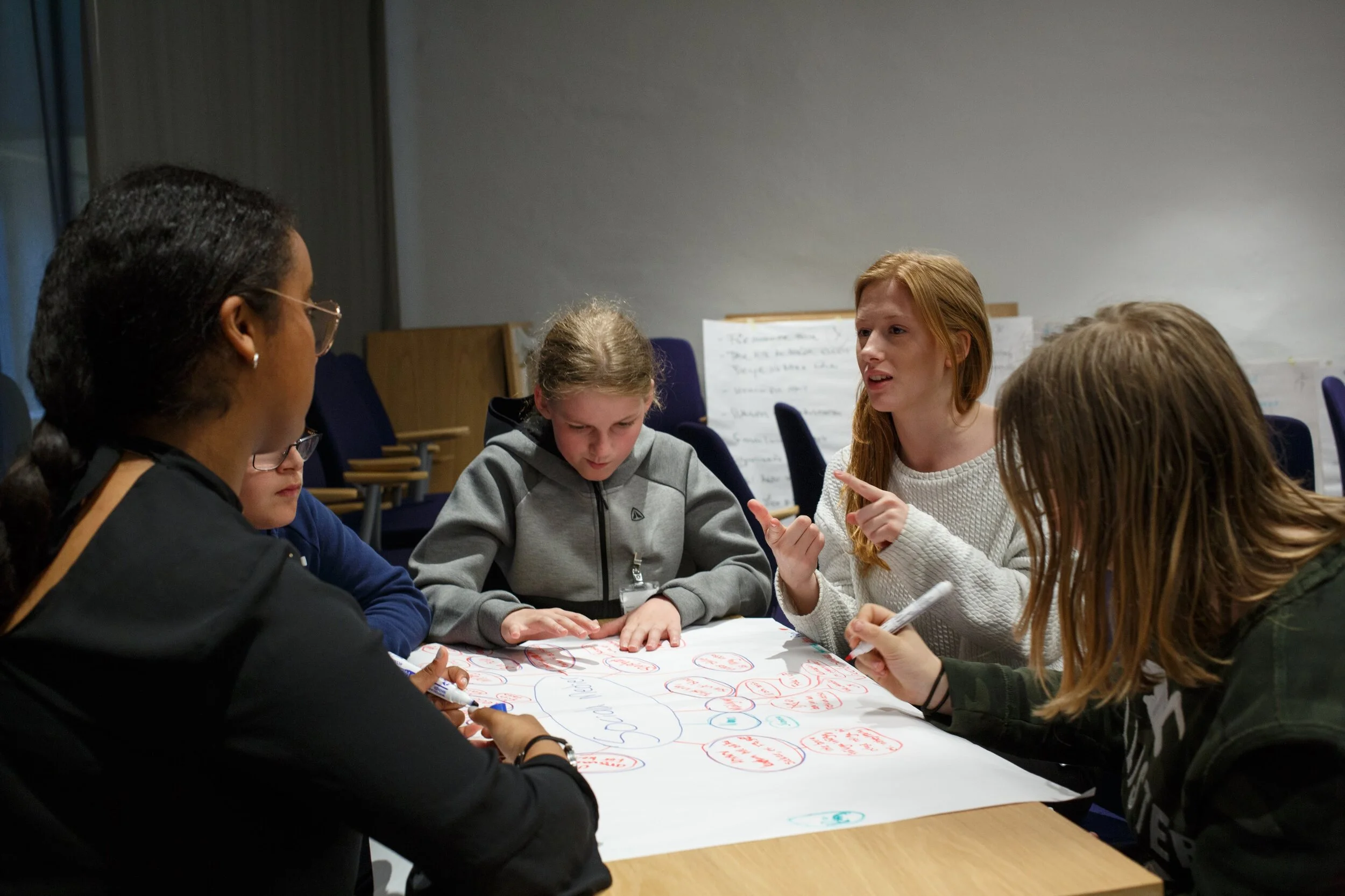How-To Guide: Collaborative Conflict Process
STEP 1: Invitation to Dialogue
The Goal: Create a safe environment to discuss the issue at hand.
Establishing an atmosphere of understanding, mutual respect, and acceptance will help people share everything that matters. A foundation of respect and empathy disarms defensiveness and hostility.
It’s easiest to have a productive dialogue one-on-one. The more people you add, the more complexity you add in terms of diffusing tension and reframing the issue.
How to do this? Schedule some time with the person you’re struggling with and make it clear that your aim with this meeting is to listen and understand. Share the agenda ahead of time so they’re clear that this isn’t a “get yelled at” meeting. Instead, let them know they should come prepared to tell their side of the story, and they should expect you to do much more listening than talking.
STEP 2: Conflict Analysis
The goal: Reframe the problem and secure buy-in from both parties.
Frame the issue as a challenge to be solved together. You may need to go deeper than the initial “problem” to find shared challenges underlying the conflict that you both agree need solving.
Refrain from focusing on solutions at this point as you continue to frame a complete understanding of the issue. These early solutions may stem from an incomplete understanding of each party’s underlying needs, concerns, and goals.
Your goal should be to get to a point where you’ve redefined the problem as something larger that both parties would like to get solved. You’ll get that “head nod” when you’ve reframed the challenge in a way that excites both parties to move into problem-solving mode.
STEP 3: Engage in the Problem
The goal: Brainstorm on possible solutions with relevant stakeholders.
After gathering all the facts and analyzing the situation, now is the time to bring in relevant stakeholders to brainstorm on possible solutions. The goal here is to make sure you’re allowing a diversity of perspectives and points of view. While steps one and two are more productive one on one, step three (brainstorming) is best in a larger group of at least four to eight people.
Your aim here is to “Grow the pie” - meaning when two teams are facing a common issue and have reframed the issue to reflect their interests and concerns, you should start to think of adding new resources or combining resources instead of splitting them up. Instead of making sure everyone has a piece of the pie, consider growing it to fit everyone.
STEP 4: Find Solutions
The goal: Develop key indicator metrics.
From the brainstorm, pick a potential solution that all parties are excited to test out. You should then establish key performance indicators (KPIs) that will gauge the success of your proposed solutions, as well as metrics to gauge when the team should meet and review how things are going. In developing solutions and upon reaching a shared understanding of the issue, all parties should focus on ensuring the agreed-upon solution is a huge success.
STEP 5: Follow-up
The goal: Follow-up to review your progress and recalibrate.
Decide when the team should meet for follow-up. Ideally, you should be recalibrating after 1 month, 6 months, and also a year later.
Don’t get discouraged if your initial solution isn’t a smashing success. The collaborative conflict process is iterative, and the team can use the same review process as the project evolves. Rest assured that working through multiple solutions is worthwhile - you build trust in your colleagues by having a true “test and learn” mindset. That way, the next time a conflict arises, you know that all parties are ready and willing to do the necessary work to co-create a productive resolution to the disagreement.



